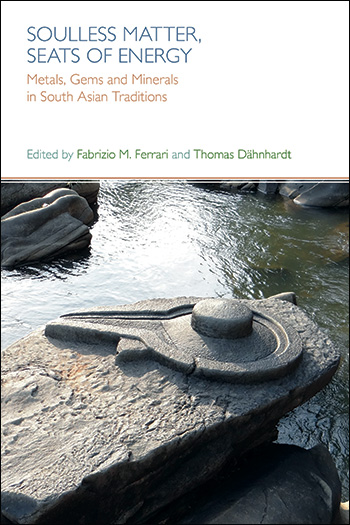
Soulless Matter, Seats of Energy - Metals, Gems and Minerals in South Asian Traditions - Fabrizio Ferrari
6. When Ngülchu is not Mercury: Tibetan Taxonomies of 'Metals'
Soulless Matter, Seats of Energy - Metals, Gems and Minerals in South Asian Traditions - Fabrizio Ferrari
Barbara Gerke [+]
Humboldt University of Berlin
Description
This article analyses Tibetan ideas of ngülchu (dngul chu), the ‘silver-water,’ which is considered the ‘king among the elixirs.’ Tibetan medical texts have mentioned its processing techniques for medicinal use since at least the twelfth century AD. How did Tibetan physicians classify metals in their key materia medica texts considering textual descriptions that ngülchu could be sourced from water, rocks, plants, and animals? Is it a metal, a precious substance, or something else? Some materia medica classify non-processed metallic mercury as an ‘inanimate cold poison,’ as a ‘precious’ and also ‘non-meltable’ substance. What do these classifications tell us about the nature of ngülchu, its poisonousness, and medicinal properties? Based on textual analysis and ethnographic fieldwork with contemporary Tibetan pharmacologists in India and Nepal, I argue that due to the varied sourcing, ngülchu is not necessarily metallic mercury, but that certain shiny-silvery substances found on herbs and inside animals are labelled ngülchu, share similar characteristics, and go beyond what we would classify as a ‘metal.’ Nevertheless, today’s pharmaceutical manufacturing of Tibetan mercurial medicines rely on processed mercury-sulfide compounds based on metallic mercury, although the plant source of ngülchu is considered a valid substitute (tshab) by some pharmacologists. This paper also analyses the popular mercury-sulfide ash tsothal (btso thal), which contains eight metals, in the context of its origin myth where the eight metals are eight sages. I then show parallels of this myth in the tsothal processing method, where the eight metals are burnt to ash and transformed into an elixir.





